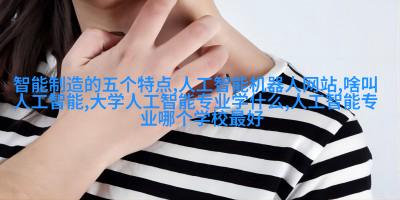在现代社会中,塑料管材作为工业生产和日常生活中的重要材料,其应用范围广泛,从建筑工程到食品包装,再到农业灌溉等领域,都离不开PE管的使用。然而,随着环保意识的提高和市场竞争的加剧,对PE管性能要求也越来越高。在这一背景下,PE管100级国标壁厚标准就显得尤为重要,它不仅确保了产品的质量,也是对环境保护的一种体现。

1.1 环境友好型PE管:绿色发展新方向
在当前全球性的气候变化问题面前,我们必须采取行动,以减少碳足迹并推动可持续发展。PE管作为一种环保材料,其生产过程相比传统金属材质来说更加节能环保。这背后则需要通过科学合理的设计,如适当控制壁厚等参数,使其符合或超出相关国家标准,从而达到更低资源消耗、减少废物产生、降低污染排放等目标。

1.2 PE管百分之百遵循国家标准:保证安全性
为了确保用户在使用过程中能够获得尽可能高效和安全的服务,各国政府会制定一系列严格的行业标准。其中,“pe 管100级国标壁厚标准”就是这样一个严格监控产品质量的一项规定。当我们说“百分之百遵循”,意味着无论从原料选择、生产工艺还是最终成品检验,都要完全按照这些规范进行操作,以保障消费者的健康和财产安全。

1.3 PE Pipe Design Optimization: Beyond the Standards
Optimization of the design and production process is not just about meeting existing standards, but also about anticipating future needs and improving performance beyond what's currently required by regulations. In this context, it's crucial to understand that going above and beyond in terms of quality can have significant benefits for both manufacturers and consumers.

2.0 The Importance of Wall Thickness Standardization
The wall thickness standardization for polyethylene pipes is a critical aspect that ensures consistency across different pipe sizes, materials, and applications. It provides a common language for all stakeholders involved in the supply chain – from manufacturers to installers to end-users – ensuring everyone understands exactly what they're getting when they purchase or work with these products.

3.0 Implementation Challenges
While there are compelling reasons why following these guidelines makes sense, implementing them effectively can be challenging due to various factors such as:
Cost considerations: Higher-quality materials may be more expensive upfront.
Production constraints: Manufacturers might struggle to achieve optimal results without investing in new equipment or processes.
Quality control challenges: Ensuring consistent adherence throughout every stage of production requires robust quality control measures.
4.0 Addressing These Challenges Through Innovation & Collaboration
To address these challenges effectively requires both innovation within individual companies as well as collaboration among industry players at large:
Investing in cutting-edge technology allows companies to improve efficiency while reducing costs associated with producing high-quality products.
Collaborative efforts between suppliers, manufacturers, installers & end-users help streamline communication channels; enabling better understanding of each other’s requirements leading towards higher satisfaction rates on both sides.
5 Conclusion:
In conclusion, optimizing design for polyethylene pipes goes hand-in-hand with adhering strictly to established national standards like "pe pipe 100 level national standard". This approach not only enhances product safety but also contributes significantly toward preserving our environment through reduced waste generation during manufacturing stages which ultimately helps reduce carbon footprint worldwide over time since we’re committed towards sustainable development goals now more than ever before!